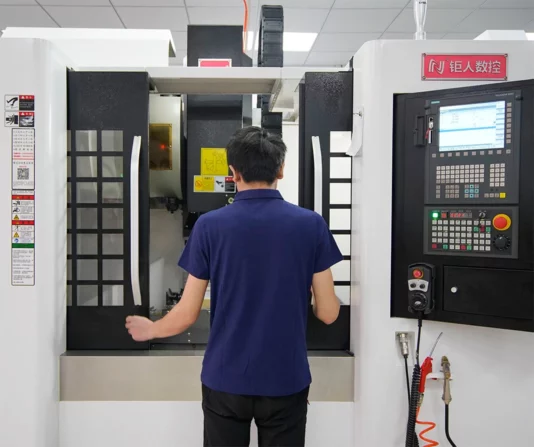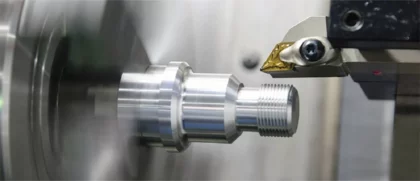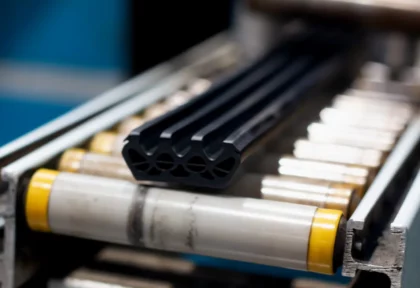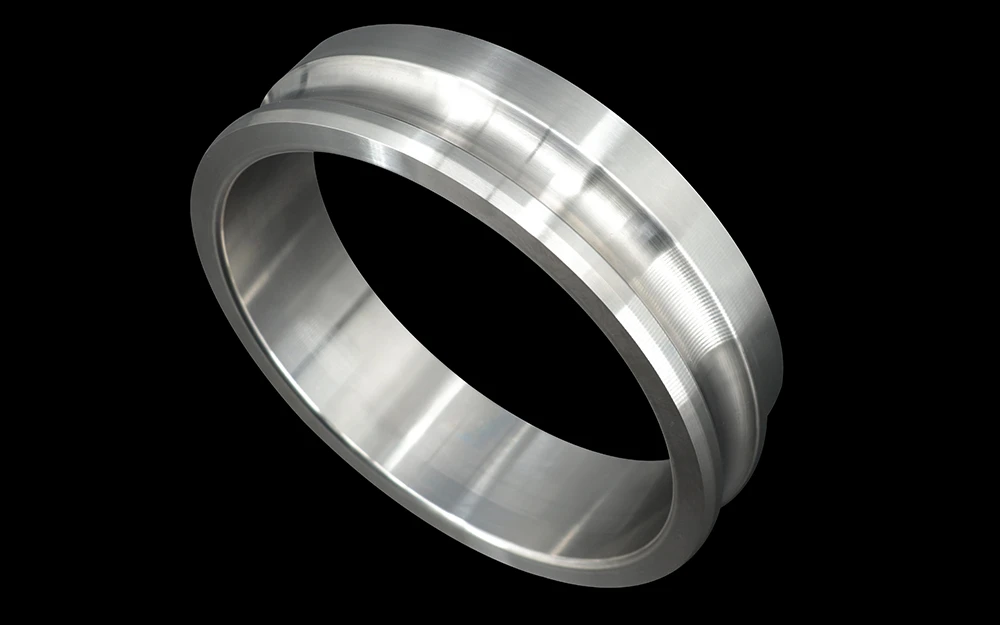CNC machining
At Protolis, we provide milling, turning, and drilling online CNC manufacturing services for rapid CNC prototypes and low-volume end-use parts as fast as a few days.
- 1 to 1,000+ parts
- 50+ production grade of plastic and metal materials
- Size up to 1.5 m or 5 in
- Tolerances as tight as +/-0.01 mm or 0.0004 in
- 15+ finishing options
What is CNC machining?
CNC machining, which stands for computer numerical control, is a commonly used subtractive manufacturing process. This method involves using automated cutting tools that remove material at high speeds to shape metal or plastic parts from a solid block. This technology allows for the automated, high-precision production of complex parts and components using machines like lathes and mills.
By utilizing G-code, a standardized programming language, CNC machining ensures repeatable and efficient production, significantly enhancing productivity. Its versatility and precision make it an indispensable tool in industries where complex and precise manufacturing is essential.
What is CNC machining?

CNC machining processes
Our CNC machining capabilities meet a wide variety of manufacturing needs. We are able to produce simple to very complex shapes for both CNC rapid prototyping and low-volume CNC machining of quality parts.

CNC milling
CNC milling is a manufacturing process using 3-axis, 4-axis, and 5-axis indexed rotatory cutters to cut and remove raw plastic or metal material from a workpiece block.

CNC turning
CNC turning is a manufacturing process using a lathe machine to produce cylindrical shapes. The plastic or metal workpiece is rotating while the cutting tool moves in linear motion.

CNC drilling
CNC drilling is a manufacturing process to make holes on the plastic or metal workpiece. It can be made using milling machining centers or precision drilling centers.
Your project in 5 steps
Get your plastic or metal CNC prototype or production parts in no time. Work with a flexible organization that provides personalized support with no delays.
Your quote
Upload files and specifications
DFM
Design optimizations
Production
Close follow-up
Quality control
Dimensional report, pictures, and videos
Delivery
Packing, door-to-door tracking
CNC machining materials
We offer access to a large range of production-grade plastic and metal materials ready to be machined. Below is a non-exhaustive list of the most common plastic and metal material used for CNC prototyping.
General CNC machining characteristics
CNC machining finishings
There are numerous finishing options available in CNC machining. These finishing processes involve machine or hand processing, and can improve the appearance, functionality, and durability of the part.

A paint finish that enhances the surface condition both functionally and aesthetically. It is possible to achieve different effects of appearance: satin, matte, gloss, or semi-gloss.

Powder coating is similar to liquid spray paint, except that this process uses a dry powder. It improves the resistance to wear and corrosion. The resulting surface is uniform.

This polishing generally involves changing the level of roughness of a surface by various manual, mechanical, or chemical techniques. This can change the dimensional or geometric accuracy of the part.

This type of finishing is a high-level polishing, also known as mirror polishing, that gives the part a smooth, reflective, and aesthetically pleasing appearance.

Brushing is a surface finishing method that forms continuous paralleled lines on the surface of metal parts. The purpose is usually to obtain a decorative effect with a slight level of reflection.

Sand blasting is the high-pressure projection of silica sand on the surface of the workpiece to create a matte surface, including creating aesthetic consistency for plastic and metallic parts.
CNC machining capabilities
Our CNC machining workshop is equipped with 20 milling machines (including two milling machine in 5-axis), four lathe machines, and other equipment for drilling as well as EDM machines and quality control tools. We can CNC machine small part, small features, and big parts up to 2 m or 6 in.
CNC machining FAQs
How much does CNC cost?
The cost and duration of CNC machining projects are influenced by a number of critical factors.
- Machine size and equipment capabilities play a significant role, with larger machines often commanding higher hourly rates.
- The choice between 3-axis and 5-axis machines introduces both versatility and potential cost variations.
- Complex designs necessitate extended machining times, while material selection, especially for exotic or challenging materials, can affect both cost and time. Any post-processing requirements, such as finishing or polishing, add to the project’s overall duration and expenses.
- Tight tolerances and exceptional quality standards may require slower machining, impacting both cost and lead time.
- Finally, batch size or quantity influences setup times, with larger quantities potentially offering cost savings.
Working closely with our CNC machining experts to analyze these factors is essential for accurate project cost and time estimations.
Is CNC machining good for prototyping?
CNC machining is an excellent choice for prototyping due to its speed, precision, and versatility. It allows for rapid and accurate creation of prototypes, accommodates various materials, handles complex designs, and supports quick iterations, making it a top choice for turning ideas into tangible proof-of-concept models.
What are the advantages of CNC machining?
CNC machining is a great choice for prototyping, offering a range of advantages depending on the specific requirements. Notably, it excels in high precision, accommodates both small and large-scale production, provides rapid results, and is versatile in handling intricate designs.
Is CNC machining similar to 3D printing?
CNC machining and 3D printing have distinct operating methods. CNC machining subtracts material to create the final product, while 3D printing adds material layer by layer. They share some common materials. In terms of usage, 3D printing manufacturing is more user-friendly but 3D printing’s advantage in crafting intricate designs can affect the accuracy and size of the end product.
Does CNC machining provide accuracy?
CNC machining indeed provides high levels of accuracy. It’s possibly the most accurate among our production methods, achieving precision up to +/- 0.004 in or 0.01 mm.
Related resources

Extrusion Guide

Racing car bodywork for one of the world’s premier auto shows












